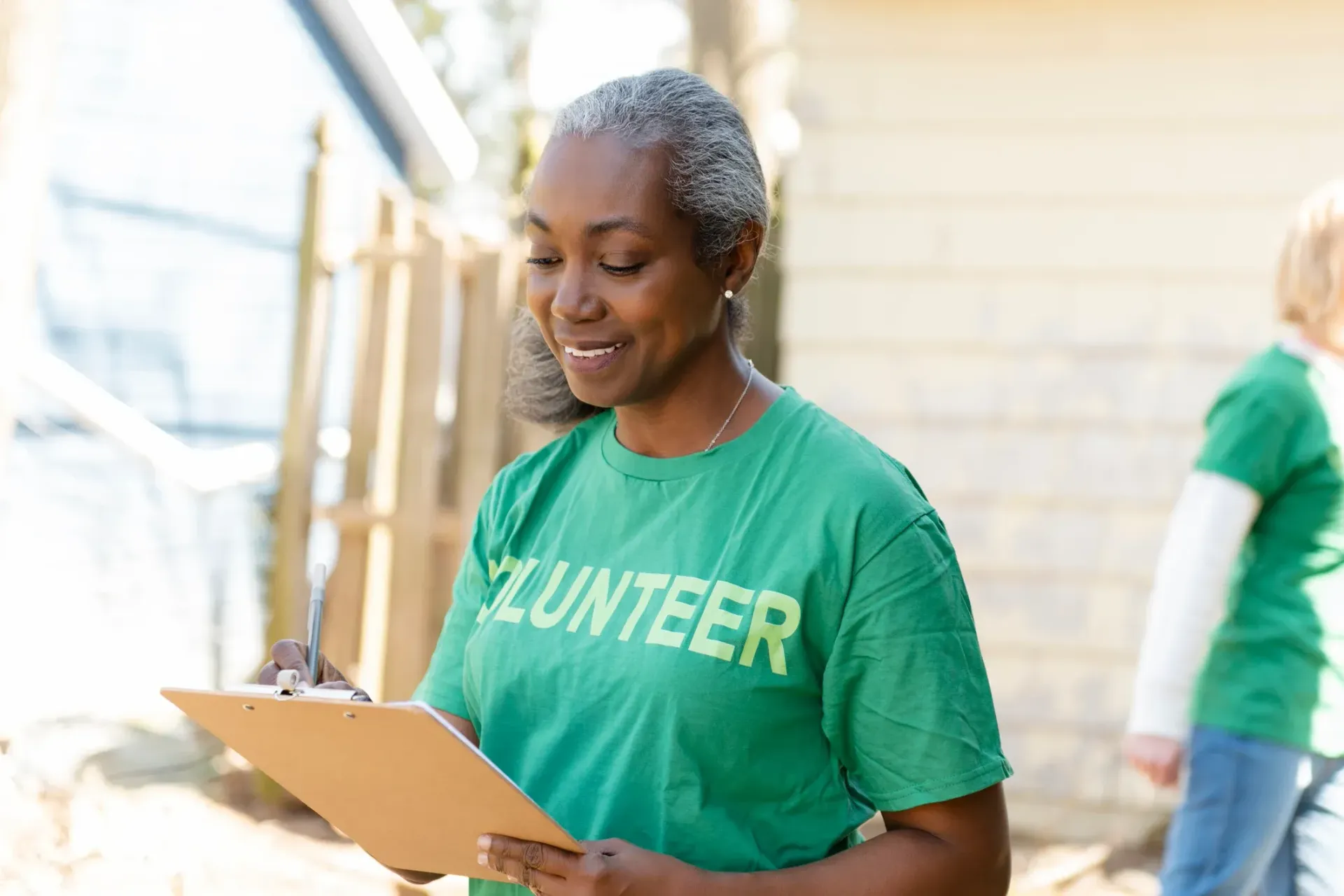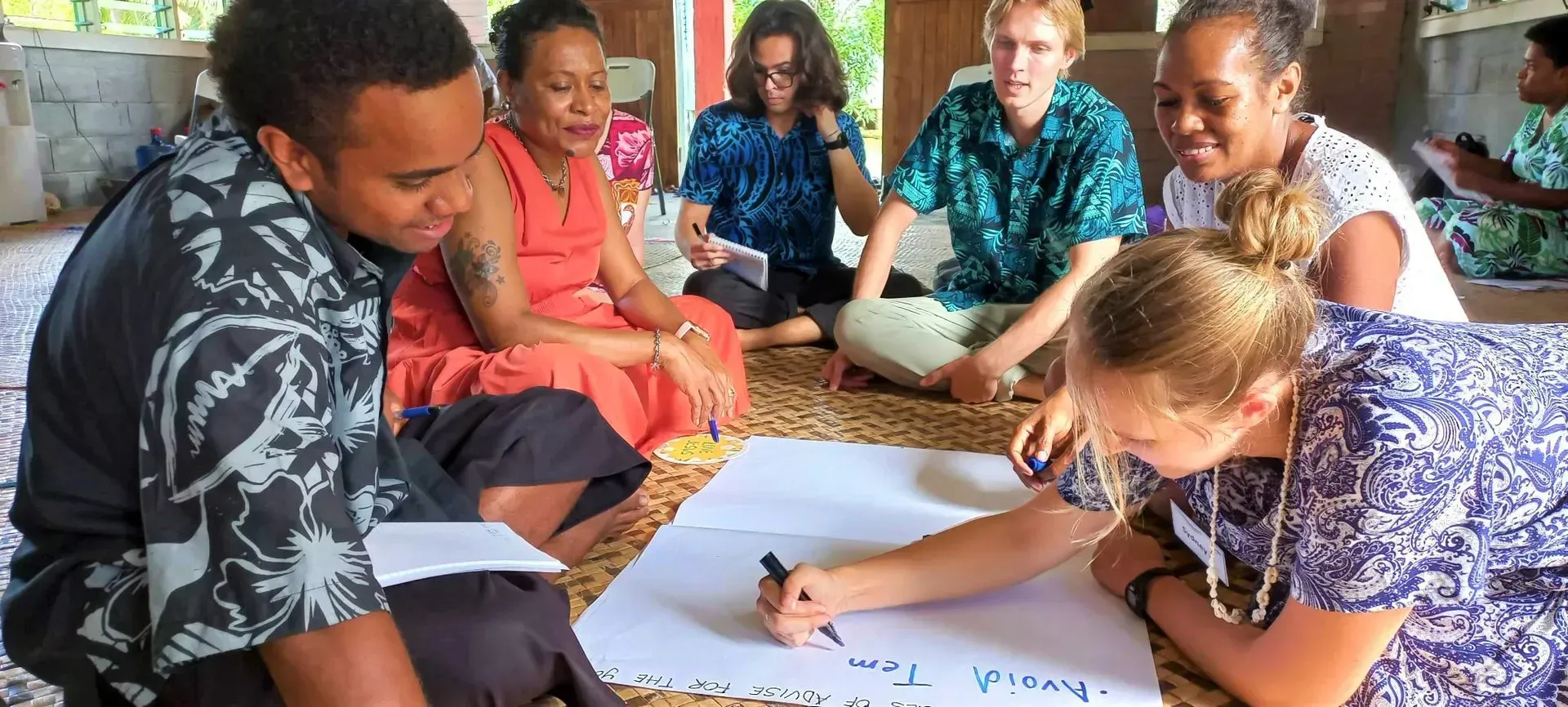The Biggest Mistakes New Volunteers Make (and How to Avoid Them)
TLDR;
New volunteers often make mistakes like overcommitting, failing to communicate, or misunderstanding their role. These errors reduce impact and lead to burnout or frustration. By setting clear expectations, seeking feedback, and aligning personal goals with the organization’s mission, volunteers can create a rewarding and sustainable experience.
Why Understanding Volunteer Mistakes Matters
Volunteering is about serving others while finding purpose. But even the best intentions can backfire when expectations are unclear or preparation is lacking. Mistakes from new volunteers often stem from enthusiasm mixed with inexperience. Recognizing these early helps both volunteers and organizations build stronger, more sustainable programs. Clean UP USA works with many community groups and sees firsthand how early guidance and clarity prevent wasted effort and burnout.
Why First-Time Volunteers Often Make Mistakes

Most first-time volunteers don’t fail because they don’t care. They fail because they don’t know what to expect.
Common reasons include:
- Lack of role clarity – They join without fully understanding their duties or limits.
- Unrealistic expectations – They expect to change lives overnight.
- Insufficient training – They start before learning proper procedures.
- Poor communication – They hesitate to ask questions or express concerns.
- Low appreciation or feedback – They feel unseen and disengage early.
Understanding these causes helps prevent frustration on both sides and improves long-term volunteer retention.
The Biggest Mistakes New Volunteers Make

Mistake 1 – Not Knowing Your Role or Purpose
Many volunteers begin without understanding why they are there or what their specific contribution means. This confusion causes duplication of effort and disappointment.
How to avoid it:
- Ask for a written role description.
- Clarify the impact of your tasks on the organization’s mission.
- Keep communication open with supervisors about evolving responsibilities.
Mistake 2 – Overcommitting and Creating Scheduling Conflicts
Excitement leads new volunteers to say yes to too many events or shifts. When schedules clash, they cancel or arrive unprepared. This hurts reliability and trust.
How to avoid it:
- Start small and build commitment gradually.
- Prioritize consistency over quantity.
- Balance volunteering with personal and professional life.
Mistake 3 – Poor Communication with the Organization
Failure to communicate causes confusion, inefficiency, and even safety issues. Silence makes coordination impossible.
How to avoid it:
- Check in regularly with team leads.
- Share updates on availability or challenges early.
- Listen actively and confirm instructions before acting.
Mistake 4 – Skipping Training or Orientation
Training ensures volunteers understand safety, procedures, and standards. Skipping it increases risk and frustration.
How to avoid it:
- Attend all required orientations.
- Review materials before participating.
- Ask for refreshers when unsure.
Mistake 5 – Lack of Recognition or Feedback
Many volunteers stop participating because they feel unnoticed. Without feedback, they assume their work doesn’t matter.
How to avoid it:
- Ask for regular feedback to measure progress.
- Share achievements with coordinators.
- Recognize peers’ efforts to foster teamwork.
Mistake 6 – Mismatch Between Skills and Assigned Tasks
Volunteers sometimes receive jobs unrelated to their experience or interest. Mismatch leads to boredom or frustration.
How to avoid it:
- Share your skills during onboarding.
- Request assignments aligned with your strengths.
- Be open to learning new areas when needed.
Mistake 7 – Ignoring Boundaries and Risking Burnout
Helping others often leads volunteers to overextend themselves emotionally or physically. This reduces effectiveness over time.
How to avoid it:
- Set clear limits on hours and duties.
- Take rest days seriously.
- Speak up if you feel overwhelmed.
Mistake 8 – Under-Utilization (Not Enough Meaningful Tasks)
Sometimes volunteers show up but have little to do. This leads to frustration and disengagement.
How to avoid it:
- Ask how your role contributes to bigger goals.
- Request additional responsibilities when appropriate.
- Provide feedback on idle time to supervisors.
Mistake 9 – Avoiding Technology or Digital Tools
Manual tracking and poor coordination waste time. Many organizations use volunteer management systems to streamline scheduling, reporting, and feedback.
How to avoid it:
- Learn how digital tools simplify communication and task tracking.
- Use online calendars and check-in apps.
- Keep contact information current.
How Organizations Can Help New Volunteers Succeed

Strong volunteer programs rely on structure and support. Clean UP USA has seen how good systems reduce volunteer turnover and increase engagement.
Provide Clear Roles and Expectations
- Create detailed position descriptions.
- Explain responsibilities and time commitments early.
- Align individual skills with organizational goals.
Offer Robust Onboarding and Training
- Develop clear orientation materials.
- Include safety protocols, especially for field or emergency work.
- Provide ongoing learning opportunities.
Maintain Open Communication
- Schedule regular check-ins.
- Encourage transparency about issues or schedule changes.
- Use consistent communication channels like email or text groups.
Recognize and Retain Volunteers
- Publicly thank volunteers in newsletters or meetings.
- Offer small appreciation tokens or growth opportunities.
- Track retention metrics to see what keeps volunteers engaged.
Use Technology and Systems
- Implement volunteer management platforms.
- Automate reminders and scheduling.
- Collect feedback through surveys for continuous improvement.
Practical Checklist for New Volunteers

Before You Start:
- Research the organization’s mission.
- Understand the role expectations.
- Review key
Questions to Ask Before Volunteering to make sure the role aligns with your goals and availability.
- Ask how your contribution makes an impact.
During Your First Assignment:
- Be punctual and prepared.
- Communicate clearly with your team lead.
- Stay open to feedback and adapt quickly.
After Each Shift:
- Reflect on what went well.
- Share suggestions for improvement.
- Express gratitude and acknowledge others’ efforts.
Measuring Success: KPIs and Metrics for a Strong Volunteer Experience

Measuring Success: KPIs and Metrics for a Strong Volunteer Experience
Effective volunteer programs track performance using measurable indicators. Volunteers should also monitor their own progress.
Key metrics include:
- Volunteer retention rate (return participation).
- Satisfaction survey scores.
- Attendance consistency and punctuality.
- Task completion and skill-match ratios.
- Communication responsiveness and engagement.
Tracking these data points identifies gaps in the volunteer journey and areas for improvement.
Volunteer Engagement and Retention Strategies

Retention depends on emotional connection and structure. Volunteers stay when they feel valued and informed.
To maintain engagement:
- Set personal and organizational goals together.
- Recognize achievements regularly.
- Encourage feedback loops.
- Offer development opportunities or leadership roles.
When volunteers know their efforts matter, they commit longer and perform better.
Common Volunteer Onboarding Mistakes

Many organizations fail by rushing the onboarding process. Incomplete introductions, unclear safety rules, and no follow-up meetings leave volunteers confused.
To fix this:
- Assign mentors to new volunteers.
- Provide written guides and visual aids.
- Follow up after the first week to answer questions.
Structured onboarding helps volunteers feel competent and confident from day one.
Volunteer Training and Support

Training transforms enthusiasm into impact. Programs that skip it see higher turnover.
Important training topics include:
- Safety and emergency response (especially in crisis work).
- Communication protocols.
- Equipment handling, such as first aid or logistics tools.
- Emotional preparedness for high-stress environments.
Ongoing training ensures growth and keeps volunteers engaged. Clean UP USA integrates this principle in all community preparedness partnerships.
Volunteer Role Clarity and Motivation

Clear roles build purpose. Volunteers need to know what success looks like. Motivation comes from seeing measurable results.
To support this:
- Set specific goals and outcomes.
- Connect each task to the mission.
- Share success stories from past volunteers.
Purpose-driven volunteering keeps motivation high and strengthens community impact.
Summary and Key Takeaways

- Start with clarity on your role and limits.
- Communicate consistently with coordinators.
- Avoid burnout by pacing commitments.
- Seek feedback, embrace training, and use available tools.
- Focus on purpose, not perfection.
Volunteering is most effective when guided by self-awareness and structure. Clean UP USA encourages every volunteer and organization to focus on safety, communication, and long-term impact.
FAQs
What if I’m a new volunteer and feel out of place?
Ask questions early. Seek clarity about your role and talk to other volunteers for support.
How much training do new volunteers need?
Enough to perform safely and confidently. Quality orientation matters more than quantity.
When should I expect recognition?
Recognition should be ongoing. If you feel unseen, share your experiences and ask for feedback.
What tools help improve volunteer coordination?
Scheduling platforms, shared calendars, and feedback forms simplify organization and communication.
Support CleanUP SCAN ME











